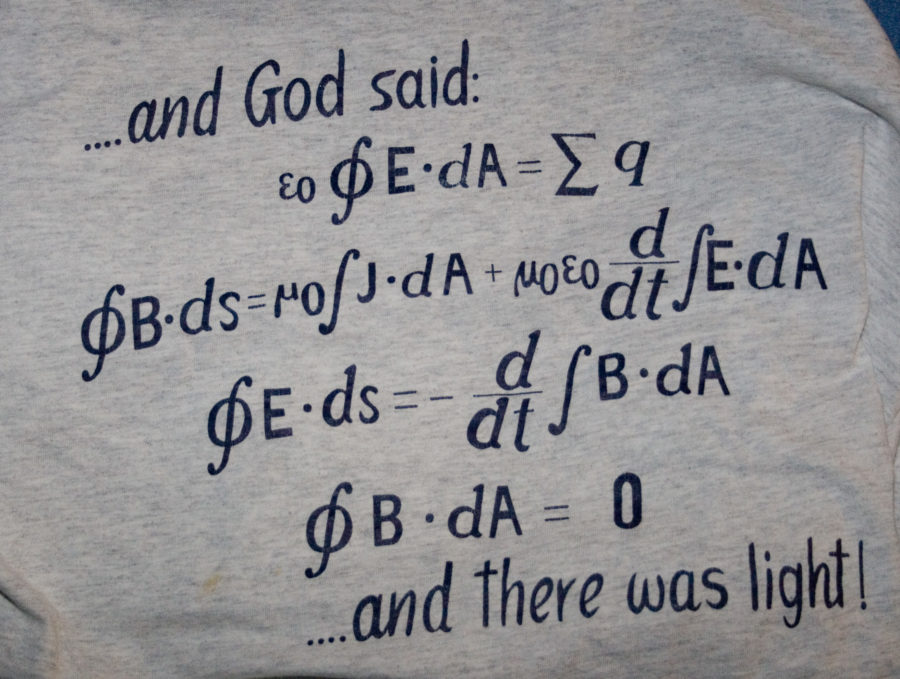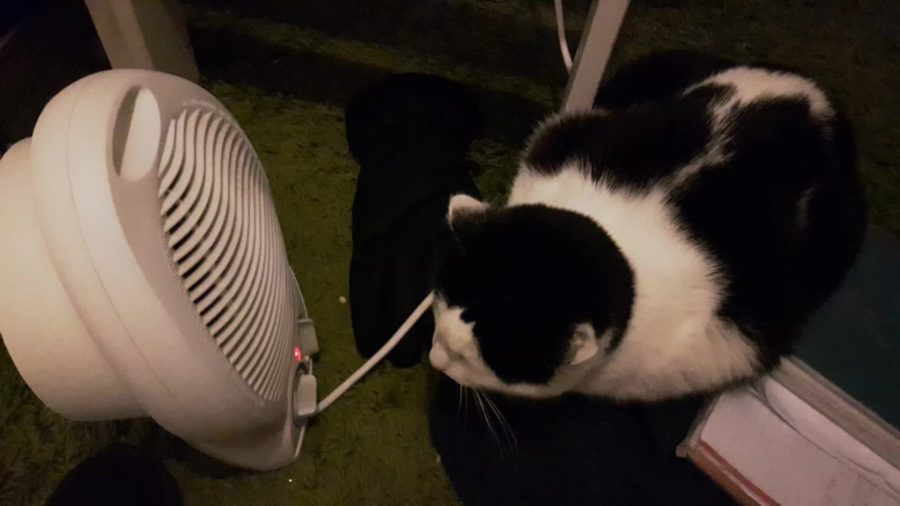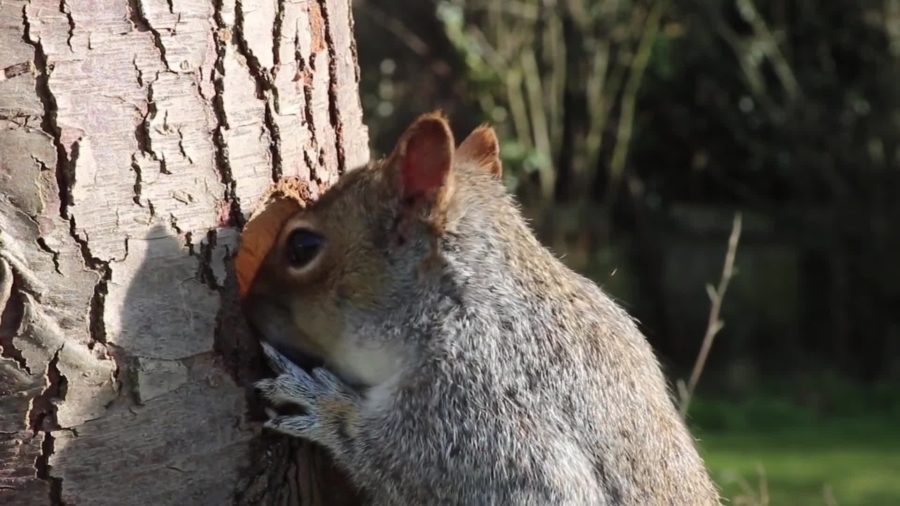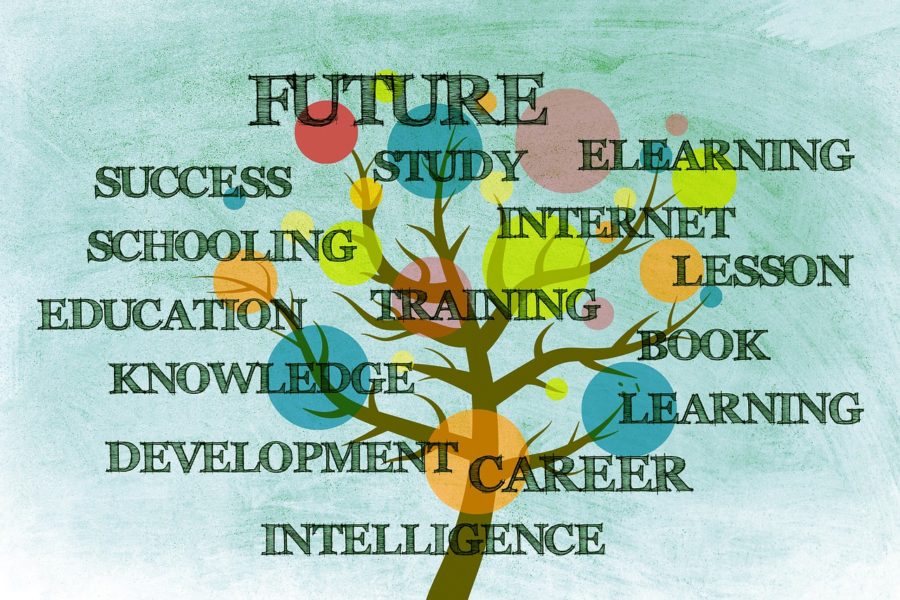Consider how ideas of community, particularly in higher education, are fueled by a shared set of values. Do these particular values of empathy, wonder, and openness resonate with your communities? With your discipline? With your teaching practices?
Thinking through the communities I identified in my previous post, I think I share the most values with my GITS (GeoSciences IT Services) teammates, and that is probably not that surprising and a good thing for the team, in that we get along together. I like my GITS teammates and consider myself very lucky to share a daily coffee break with them, where they often demonstrate their values of empathy, wonder and openness in generally putting the world to rights.
With the other groups I am part of at work (thinking especially of my office mates, cake club and jogging group (I know, I’m going to have to quit one of those!), I think there is also a shared empathy and general interest in things going well at work.
In the School of GeoSciences, I think the people I have met show a lot of scientific curiosity and inventiveness, openness, and a much higher than average interest in environmental issues, as you would expect.
The later parts of the video, where people are talking about the importance of teaching curiosity and empathy, also reminded me of this meme that I have seen on social media a few times lately:












